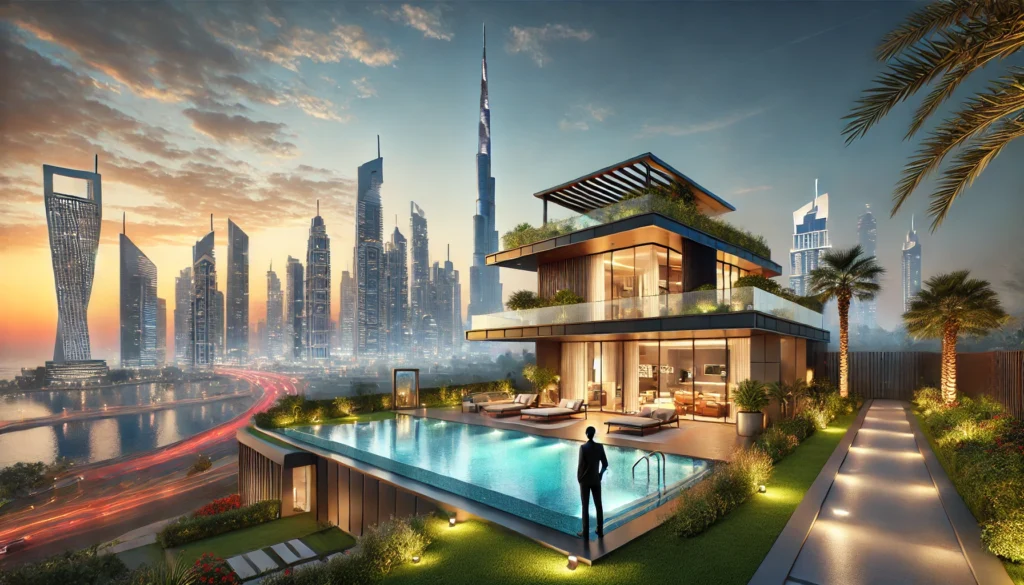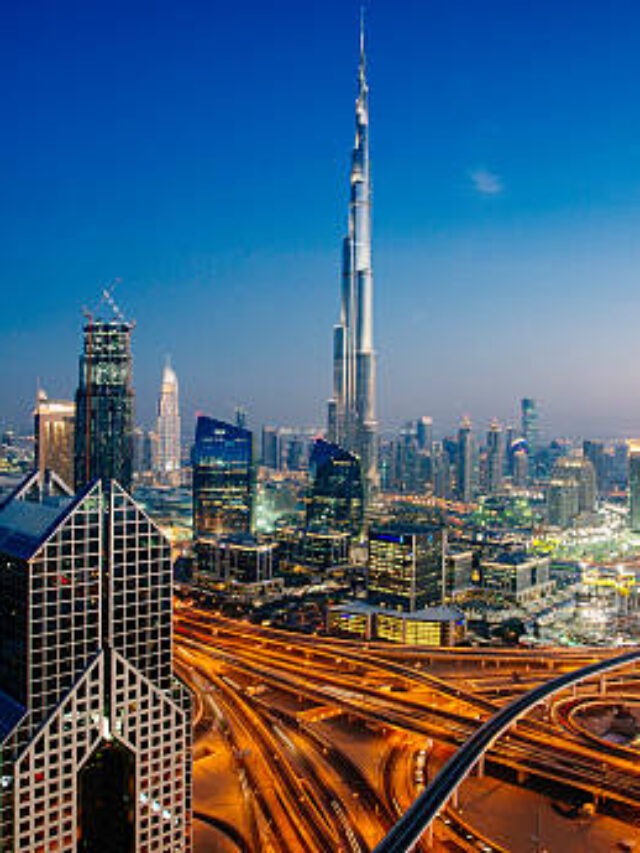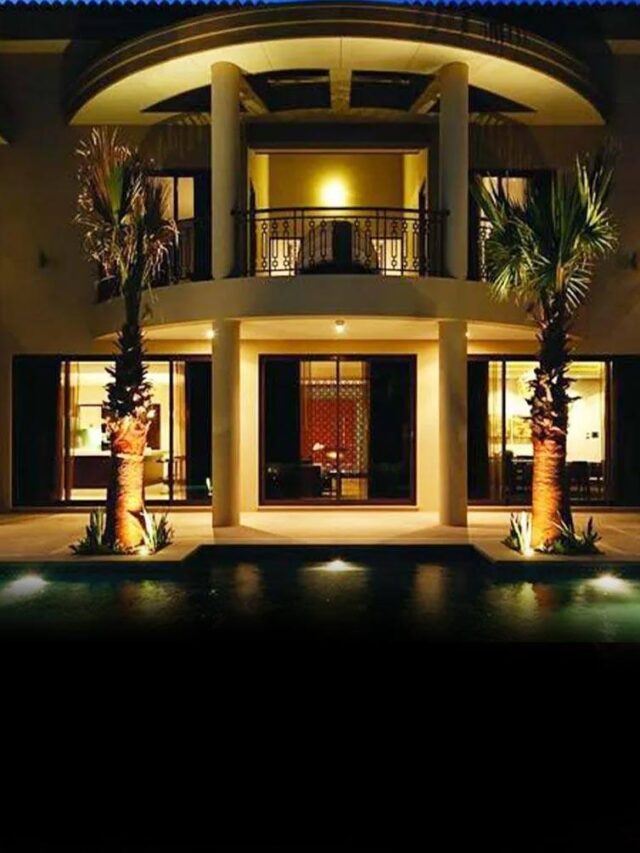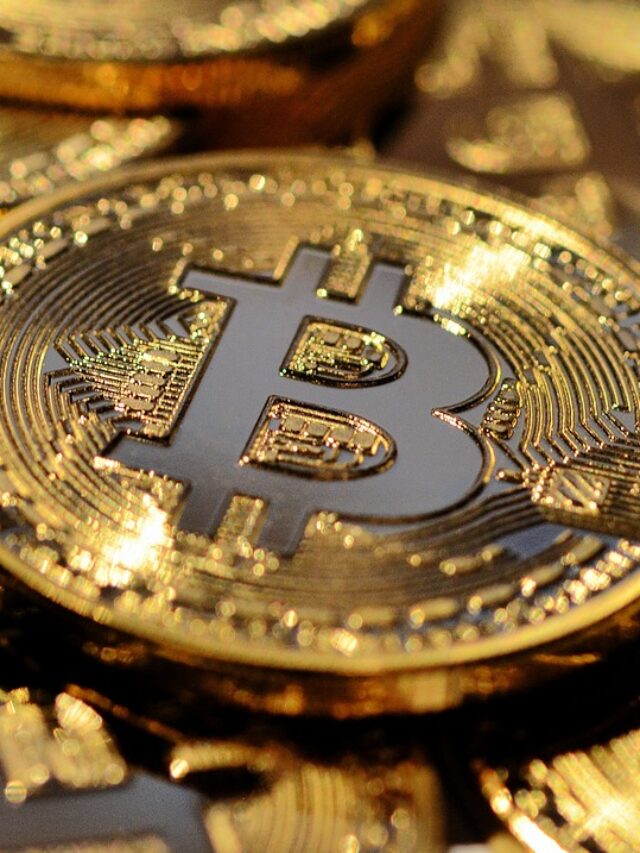End-users are driving market stability in Dubai’s premium property segment.
Dubai’s property market is seeing a transformative phase of stability and sustainable growth. A significant shift in buyer demographics shows that end-users are gradually outpacing investors in the mid to high-end property segments. This is distinctly visible among mid-to-high-income professionals (aged 30-45) transitioning from renting to owning properties.

This demographic shift is attributed to —
- rising rental costs
- improved mortgage options
Property ownership is becoming increasingly attractive for UAE residents. Market data supports this trend, with Dubai recording 39,000 property transactions in the second quarter of 2024 alone. Apartments were the most sought-after residential units, with 33,000 transactions, particularly one-bedroom units, reflecting the growing demand for residential properties.
The influx of end-users is stabilizing the mid- and high-end property market segments. Contrary to investors who might flip properties for quick profits, end-users typically hold onto their properties for longer. This helps to do the following —
- maintain property values
- decrease market volatility
This shift also aligns with Dubai’s broader real estate strategy, i.e., significantly boosting property transactions over the next decade. The focus on end-users is expected to support sustainable market growth and contribute to the region’s overall economic development.
In the luxury property segment, residential prices rose by 17% in 2024, contributing to a 40% increase since 2020. Popular neighborhoods where investors are seeking high-end properties include the following neighborhoods —
- Dubai Marina
- Downtown Dubai
- Palm Jumeirah
Government initiatives have encouraged foreign ownership and played a crucial role in fostering this market stability. Property transactions have increased due to the following —
- the introduction of long-term visas
- tax incentives
- property law reforms
- the focus on sustainability: over 70% of new residential developments are expected to feature sustainability-focused elements by 2025
- smart development reshaping the market
Real estate experts remain optimistic about the market’s future. Knight Frank predicts an 8% increase in Dubai’s property prices due to a growing shortage of homes, while JLL reports a 21% annual rise in residential prices and rentals.
As Dubai’s population is projected to reach 4 million by 2025, the demand for mid-income housing options is also rising. Areas like Jumeirah Village Circle and Dubai South are emerging as key locations for affordable housing. With end-users primarily driving demand in the mid to high-end segments, Dubai is emerging as a global realty investment destination with a stable and sustainable market environment.


